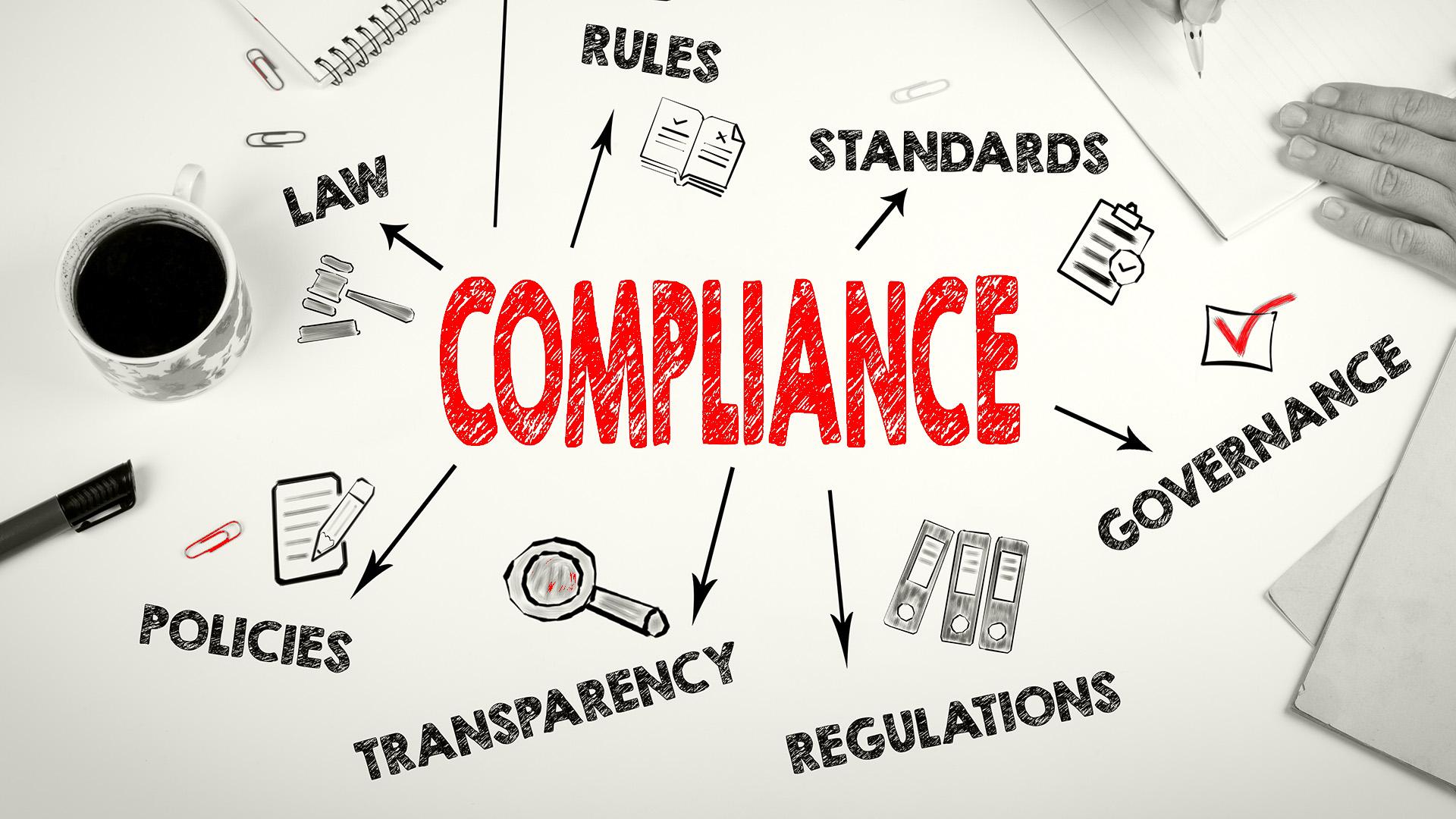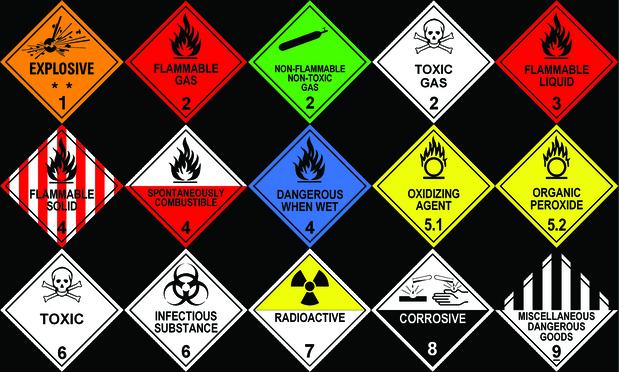In the fast-paced world of global trade, the safe and efficient transport of hazardous goods is a critical element of the logistics industry. From chemical spills to explosions, the stakes are high when it comes to handling dangerous materials in transit. In this article, we will explore the intricate world of hazardous goods logistics, examining the challenges, regulations, and best practices that ensure these potentially risky shipments reach their destination without incident. Whether by land, sea, or air, join us on a journey through the complex world of hazardous goods transport and shipping.
Ensuring Compliance with Hazardous Goods Regulations
In the world of hazardous goods logistics, transport, and shipping, ensuring compliance with regulations is crucial to maintaining safety and preventing potential disasters. Companies that handle hazardous materials must adhere to strict guidelines set forth by governing bodies to protect both the environment and the public.
<p>Key factors to consider when include:</p>
<ul>
<li><b>Proper Packaging:</b> Hazardous materials must be packaged securely to prevent leaks or spills during transport.</li>
<li><b>Training:</b> Employees involved in handling hazardous goods must undergo proper training to ensure they understand the regulations and safety protocols.</li>
<li><b>Documentation:</b> Accurate and detailed documentation is essential to track the movement of hazardous materials and ensure compliance with regulations.</li>
</ul>

Implementing Proper Handling Procedures for Hazardous Goods
When it comes to handling hazardous goods, it is crucial to implement proper procedures to ensure the safety of both workers and the environment. One of the key steps in handling hazardous goods is to properly identify and classify the materials being transported. This involves understanding the potential risks associated with each type of hazardous material and taking necessary precautions to prevent accidents.
Additionally, it is important to train all personnel involved in the handling and transportation of hazardous goods on the proper procedures and safety measures. This includes providing them with the necessary tools and equipment to safely handle the materials, as well as educating them on emergency response protocols in case of spills or accidents. By following these guidelines, companies can help minimize the risks associated with transporting hazardous goods and ensure the safety of everyone involved.

Utilizing Specialized Shipping Containers for Dangerous Materials
Dangerous materials such as chemicals, flammable liquids, and hazardous waste require special care and attention when it comes to transport and shipping. One effective way to ensure the safe handling of these materials is by utilizing specialized shipping containers designed specifically for dangerous goods. These containers are engineered to meet strict industry regulations and standards, providing a secure and reliable method for transporting hazardous materials.
Specialized shipping containers for dangerous materials come in various types and sizes, each tailored to the specific needs of different types of hazardous goods. Some key features of these containers include:
- Sealed Construction: Ensures that no leaks or spills occur during transport.
- Reinforced Walls: Provides extra protection against impact and damage.
- Temperature Control: Some containers are equipped with temperature control systems to maintain the integrity of the goods.

Minimizing Risks in Hazardous Goods Transportation
When it comes to transporting hazardous goods, minimizing risks is of utmost importance to ensure the safety of both people and the environment. Here are some key strategies to help in the logistics, transport, and shipping of hazardous goods:
- Proper Training: Ensure all personnel involved in handling hazardous goods are adequately trained to minimize risks and respond effectively in case of emergencies.
- Use of Proper Packaging: Utilize appropriate packaging materials that meet regulatory standards to prevent leaks and spills during transportation.
- Regular Inspections: Conduct routine inspections of vehicles, containers, and equipment to identify and address any issues that could pose a risk during transportation.
To Conclude
In conclusion, navigating the world of hazardous goods logistics, transport, and shipping requires a delicate balance of expertise, caution, and precision. From the careful handling of dangerous materials to the strict adherence to regulations, the safety of both people and the environment must always be the top priority. As technology advances and regulations evolve, it is crucial for all involved in this complex industry to stay informed and proactive in ensuring the smooth and safe transportation of hazardous goods. By working together and staying vigilant, we can minimize risks and create a more secure and sustainable future for all.
